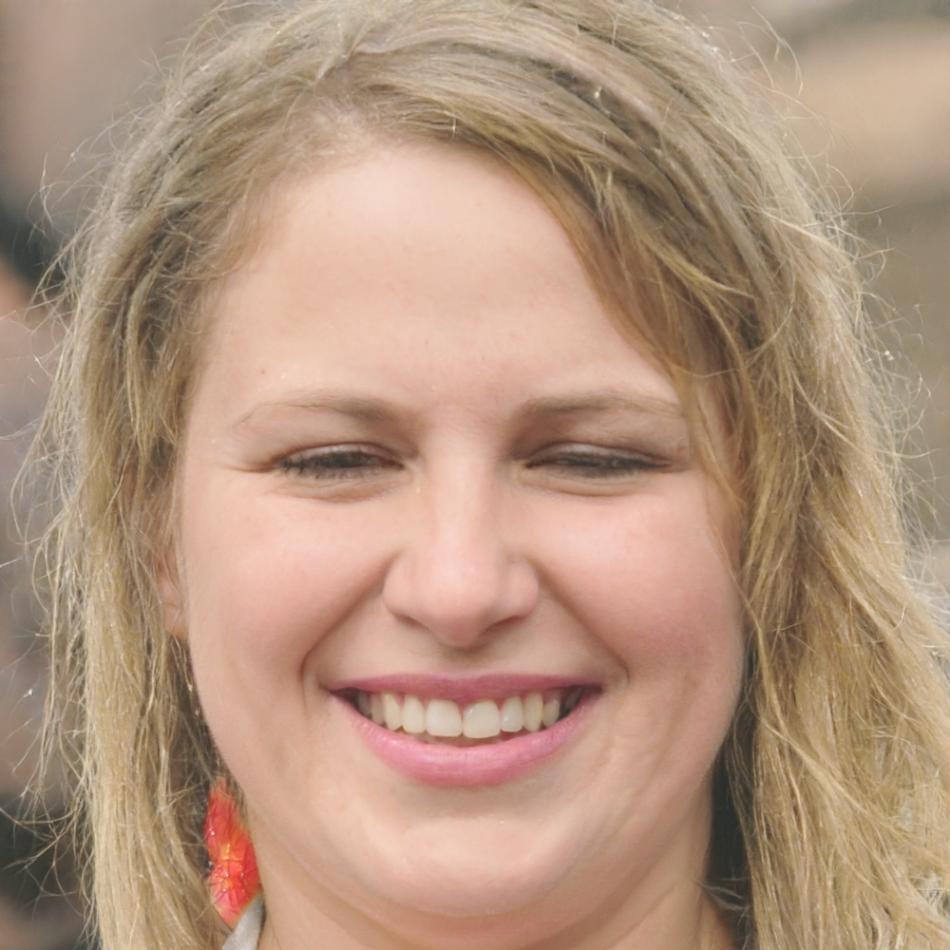How We Actually Analyze Financial Statements
Most analysts rely on basic ratios and standard templates. We built something different over fifteen years working with businesses across Southeast Asia.
Our approach evolved from real projects, not textbooks. It's tested in markets where financial reporting standards vary wildly.
Evolution of Our Framework
This didn't happen overnight. Each phase taught us something crucial about how financial data tells stories beyond the numbers.
Core Analysis Components
These aren't sequential steps. They're lenses we apply simultaneously. Each reveals different aspects of financial health.
Liquidity Assessment
Can this business pay its bills next month? We look beyond current ratio.
- Operating cycle timing and cash conversion
- Working capital trends over twelve months
- Debt maturity schedules versus cash position
- Seasonal patterns and their cash impact
Profitability Structure
Where does money actually come from? Gross margins hide important details.
- Revenue composition by product and customer
- Cost behavior and operating leverage
- Margin sustainability and pricing power
- One-time items versus recurring earnings
Efficiency Metrics
How well do assets work? Turnover ratios need context to mean anything.
- Asset utilization relative to industry norms
- Inventory quality and obsolescence risk
- Receivables aging and collection patterns
- Fixed asset productivity and depreciation policies
Capital Structure
Is the financing sustainable? Debt isn't automatically bad.
- Leverage ratios in context of cash generation
- Interest coverage and debt servicing capacity
- Capital allocation decisions and their returns
- Off-balance sheet commitments and risks
Growth Quality
Revenue increase looks great until you check how it's funded.
- Organic growth versus acquisition-driven expansion
- Customer retention and recurring revenue base
- Investment requirements to sustain growth
- Market share trends and competitive position
Risk Identification
What could break this business model? We actively hunt for vulnerabilities.
- Concentration risks in customers or suppliers
- Regulatory exposure and compliance costs
- Technology disruption potential
- Management quality indicators in financials

Real Analysis Example
A distribution company approached us in early 2024. Revenue grew 40% year-over-year. Management was optimistic. Their bank was getting nervous.
What We Found
Surface level looked good. Dig deeper and problems emerged quickly. Days sales outstanding jumped from 45 to 78 days. Inventory turnover dropped by 30%. Current ratio improved, but only because they stopped paying suppliers on time.
The revenue growth was real. They landed a major retail chain contract. But the payment terms were brutal and they lacked working capital to fund the gap. They were growing into insolvency.
The Approach
We mapped their cash conversion cycle in detail. Modeled different scenarios for the new contract. Showed them exactly when they'd run out of cash despite strong profits on paper.
Financial statements show symptoms. You need to diagnose the underlying condition. In this case, a profitable contract that was financially unviable without restructuring payment terms or securing working capital financing.
They renegotiated terms with both the customer and their suppliers. Secured a receivables financing facility. Still growing, but now the numbers actually work.
Manufacturing Turnaround Project
Mid-sized manufacturer. Three consecutive years of declining margins. Management blamed raw material costs and competition. Board wanted answers.
Initial Assessment
Revenue was stable. Gross margin compressed by 8 percentage points. But when we calculated revenue per employee and output per machine hour, efficiency had collapsed.
They'd added production capacity two years earlier. Utilization rates looked okay on paper because they measured it wrong. Actual productive hours versus total hours told a different story.
What Changed
The financial analysis pointed to operational issues. We brought in production specialists. Found they were running three times as many small batch orders as before, killing their efficiency.
The company had drifted into custom work without adjusting pricing or production processes. Every small order generated revenue but destroyed margins through setup time and complexity.
They restructured pricing for small orders and minimum batch sizes. Some customers left. Revenue dropped 12% initially. Operating margin improved by 15 percentage points within eight months. Sometimes you need to shrink to become healthy.

Analysis Team
Different backgrounds, but we all came to financial analysis through operational roles. That shapes how we read statements.

Siriporn Chaiwong
Started in credit risk at a regional bank. Spent five years deciding which companies to lend money to. You learn to spot problems when your job depends on predicting defaults. Now I apply that paranoia to helping businesses avoid the issues I used to identify.

Narisa Rattanaporn
Background in operations consulting before moving to financial analysis. That combination matters because statements reflect operational reality. I focus on connecting what numbers say to what's actually happening in the business. Most analysis fails at that translation step.
Learn This Approach
We're running a twelve-week program starting September 2025. It's project-based. You'll work through real company financials and learn to spot what matters. Limited to fifteen participants because it's intensive.